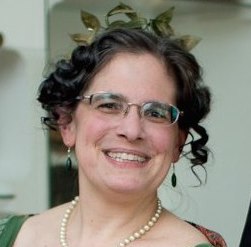Moving right along with my tiny tango post series, here's another sequence from F. Leslie Clendenen's two editions of Dance Mad (St. Louis, 1914). This one is simply called "Tango" and was provided by T. Victor Zebley, a Washington, D.C., dancing master. It isn't really a "tiny" tango; it's a full thirty-two measures, which is enough for a full-fledged sequence dance.
Zebley's tango is very straightforward to reconstruct and, provided one remembers the full sequence, easy to dance, with three points where the dancers can make some minor choices of their own. I give my preferences, but also describe the other options in the performance notes below.

